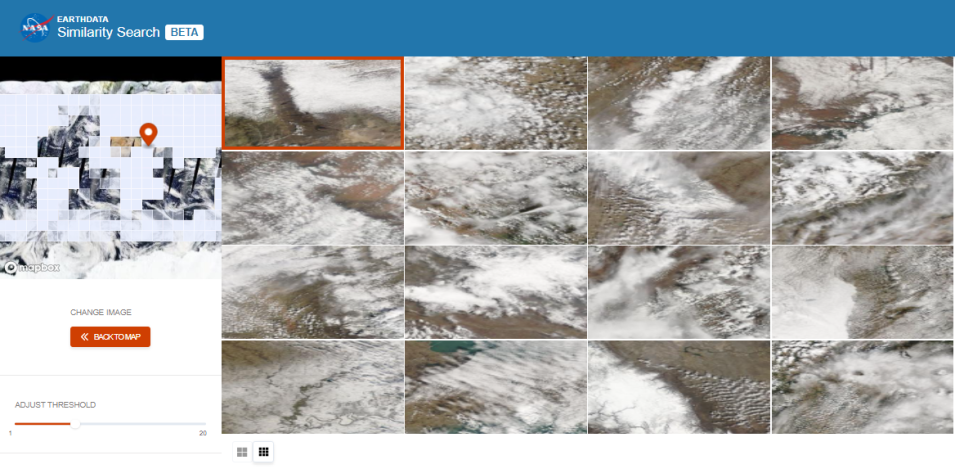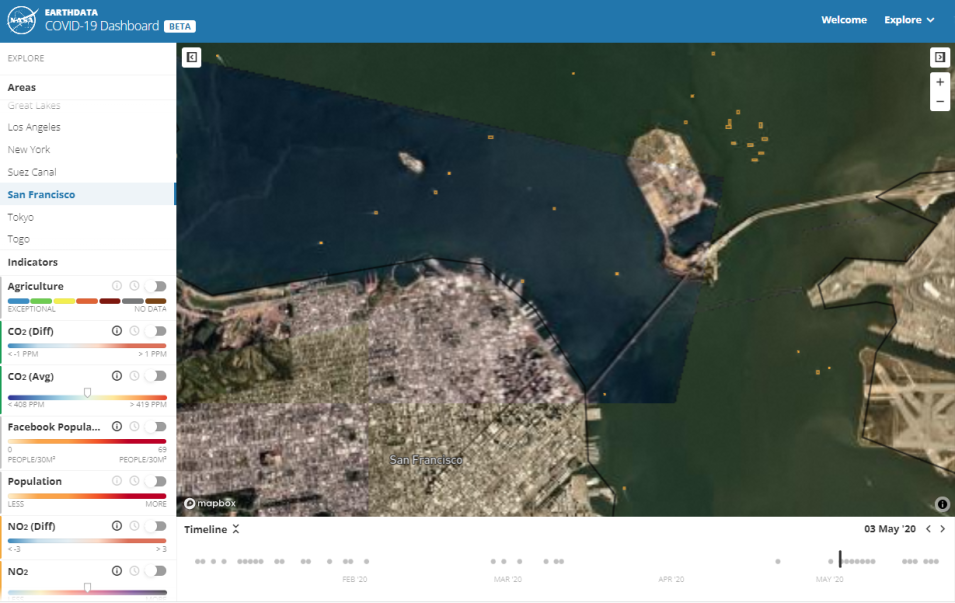Having grown up in Nepal a mere few hundred kilometers from the base of Mount Everest, Iksha Gurung knows a thing or two about mountains. Although he now lives half a world away from Earth’s tallest peak, Iksha is still surrounded by mountainous terrain. However, these peaks aren’t forged from rock and capped with snow. In his role as a UAH computer scientist and leader of the IMPACT development and machine learning (ML) team, Iksha routinely scales mountains made of data, using algorithms to blaze trails for Earth science researchers.
As an undergraduate at Kathmandu University, Iksha was intrigued by the power of complex ML algorithms and the potential they have to reveal patterns and insights within massive datasets. He graduated in 2013 with a bachelor’s degree in computer engineering and began working as a software engineer for CloudFactory, a data management company with offices in Nepal.
During his time at CloudFactory, Iksha helped design, develop, and maintain the platforms used to create labels for datasets that trained ML models. He often interacted with the company’s data science team, which deepened his interest in ML capabilities.




